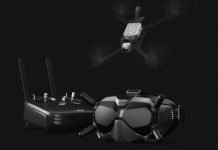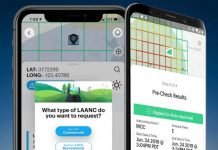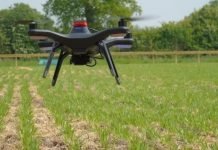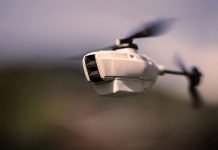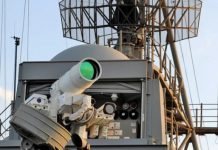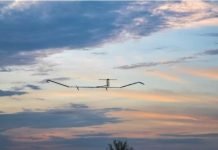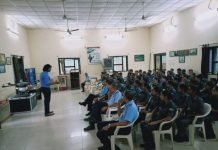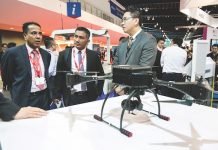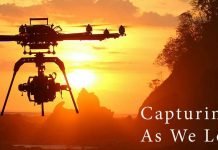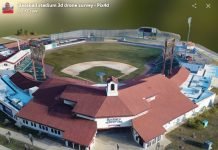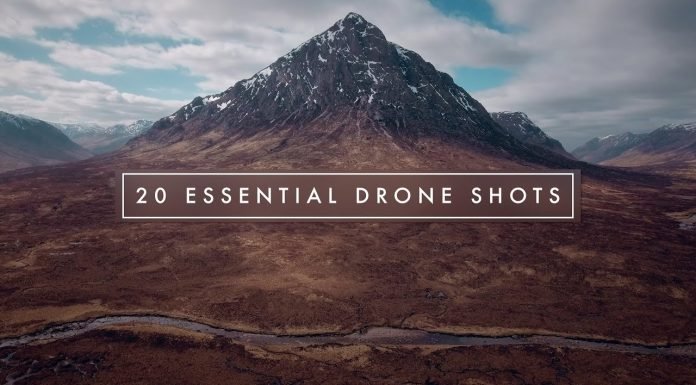
At approximately 3:12 p.m. on Feb. 4, 2013, federal law enforcement officers shot and killed 65-year-old survivalist and Vietnam veteran Jimmy Lee Dykes. Six days prior, Dykes had boarded a school bus in Midland City, Ala., killed the driver, and abducted 5-year-old Ethan Gilman, who he kept hostage in an underground bunker on his 100-acre property.
For nearly a week, hostage negotiators communicated with Dykes through a narrow PVC pipe connecting the bunker with the world above. A tiny spy camera inserted into the pipe helped authorities monitor the situation inside. Outside, however, the FBI used something theretofore more characteristic of Afghanistan than Alabama: an unmanned aerial vehicle, or UAV—otherwise known as a drone.
“UAVs have been used for surveillance to support missions related to kidnappings, search and rescue operations, drug interdictions, and fugitive investigations,” the FBI revealed in a 2013 letter to Sen. Rand Paul (R-Kentucky), who had inquired about FBI use of aerial drones. “Since late 2006, the FBI has conducted surveillance using UAVs in eight criminal cases [including the Dykes incident] and two national security cases.”
The Future of Police Surveillance Drones
Ten times in seven years may not sound like much, but the drone revolution is just getting started, according to technology futurist Gray Scott.

“We are right on the tip of the iceberg,” Scott says. “Within the next five years I believe we’re going to see a saturation of drones in the United States; they’re going to be extremely common everywhere.”
In fact, drone sales are expected to balloon to $11.2 billion by 2020, and an estimated 3 million drones were manufactured in 2017,
“Unmanned vehicles have the potential to create new businesses and new jobs and give consumers unprecedented remote access to our skies. They also will improve and protect lives,” CEA President and CEO Gary Shapiro said at the 2015 International Consumer Electronics Show (CES) in Las Vegas. “Drones already are helping emergency and disaster management programs, national weather service tracking and traffic management programs, among others . . . In short, drones are not just for fun, they are an economic game-changer—one that will transform the way we do business.”
And drones in police work will also change the way police officers do their jobs.
“It’s like having 20 officers on patrol or more,” Tijuana police chief Alejandro Lares, who uses drones to patrol residential neighborhoods in the Mexican border town, told USA Today in 2014. “Even the bad guys … they’re going to know now there’s something in the air that might be watching them … It may be a small step in community policing, but it’s huge for our future.”
Here are just a few of the areas in which drone technology and aerial surveillance likely will be leveraged for law enforcement when that future arrives.

Hostage Negotiation
During the Dykes drama, the FBI’s drone kept constant eyes on Dykes’ bunker. In the future, however, a drone the size of an insect could keep watch inside the bunker, as well.
“What we’re seeing right now are ‘quadcopters,’ which consist of four [rotor] blades on top of a tiny robot. But in the future we’re going to see biomimetic designs that mimic nature—based on a dragonfly, maybe, or a hummingbird,” Scott explains. “These drones will be able to fly into a space and produce a 3D scan so that if you’re dealing with a hostage situation, you can see exactly what’s going on inside the building without risking lives.”
Law enforcement drones equipped with telepresence technology will enhance hostage negotiations even further. “Instead of risking lives by sending a negotiator into the space, you could send in a drone with a screen attached to it and still have a face-to-face conversation with the hostage or hostage-taker,” Scott says. See Also: 99% Invisible Podcast: Gender Bias in Design Ignores 50% of the World’s Population
Similarly, a recent standoff between police and an armed, distraught woman in Virginia could have ended with casualties had law enforcement not used drones to monitor her actions before moving in to make an arrest.
Bomb Investigation
The same drones that provide situational awareness during a hostage crisis could do so in the event of a bomb threat.
In fact, the San Jose Police Department (SJPD) in San Jose, Calif., recently acquired a drone for exactly this purpose. “SJPD intends to use the [drone] primarily to access potential explosive devices and avoid exposing police bomb squad personnel to possible hazards,” the department reported in August 2014. “The [drone] can be flown over a device to obtain images that would assist the bomb technicians.”
Credits: Redshift-AutoDesk


